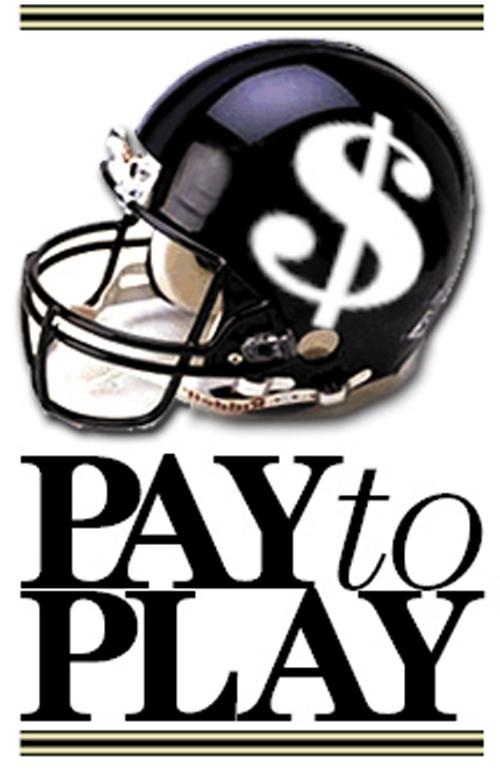ON MAY 14, 2012 the University of Michigan Mott Children’s Hospital released the results of a National Poll on Children’s Health which asked parents of middle- and high-school-age children nationwide about participation and cost of school sports. The results were not surprising. Nearly 1 in 5 lower-income parents reported costs forced their children to cut back on sports.
Overall, 61 percent of children playing middle or high school sports were charged a pay-to-play fee. The average fee was $93, according to the poll respondents, but 21 percent of children faced a pay-to-play fee of $150 or more.
However, pay-to-play fees are only one component of the school sports costs reported by parents. Including equipment, uniforms and additional team fees,, the average cost for a child’s sports participation was $381.
Researchers found that 12 percent of parents overall said that the cost of school sports caused a drop in participation for at least one of their children. However, that varied substantially based on income. Among lower-income families, those earning less than $60,000 per year, 19 percent said their children’s participation decreased because of costs. But among families earning more than $60,000 per year, only 5 percent reported costs had caused their children to participate less.
“As pay-to-play becomes the norm, nearly 1 in 5 lower-income parents reported their kids decreased their sports participation – that’s significant,” says Sarah Clark, M.P.H., Associate Director of the Child Health Evaluation and Research (CHEAR) Unit at the University of Michigan and Associate Director of the National Poll on Children’s Health.
The poll found only 6 percent of participants received a waiver of pay-to-play fees. Perhaps, Clark says, schools need to look at their waiver policies and consider options like partial waivers, installment payments, or other means to provide flexibility for families.
In 2012 and 2013, the AAPS raised the cost of pay-to-play for its student athletes and their families. Some families report paying over $1,000 for a child to participate in a high school sport.
“It’s ridiculous,” says a Huron High School football parent. “The equipment was so bad we bought our son shoulder pads. Then, we paid the fees. We spent over $500.”
“We know that participating in school sports offers many benefits to children and teens: higher school achievement, lower dropout rates, improved health, reduced obesity and the development of skills like teamwork and problem-solving,” says Clark.
Meanwhile, Michigan school districts are rethinking their reliance on pay-to-play fees as a way to cover budget shortfalls.
As of May 2013, families of students who play sports in Adrian, Michigan were no longer required to pay participation fees.
“We look at athletics as an enhancement of our programming, so we want to remove barriers for our kids to participate,” Superintendent Chris Timmis said.
The district previously charged $75 for a first sport and $50 for a second sport at the high school level, and $50 for a first sport and $25 for a second sport at the middle school level.
In Dearborn, where 70 percent of students are eligible for free or reduced lunch, officials dropped a five-year-old pay-to-play policy. They hope to make up the $170,000 in funding through sponsorships, fund-raisers and ticket sales.
In Washtenaw County, the Chelsea Board of Education voted to eliminate pay-to-play fees in 2013. Chelsea officials noted that the fees had decreased student participation.

